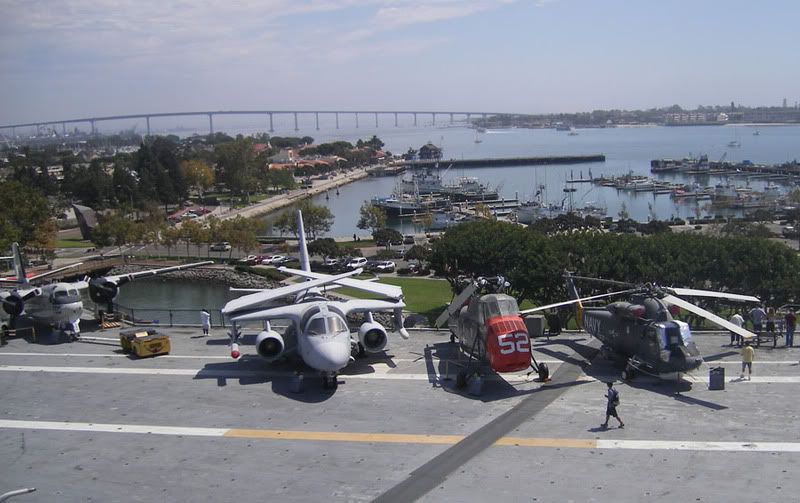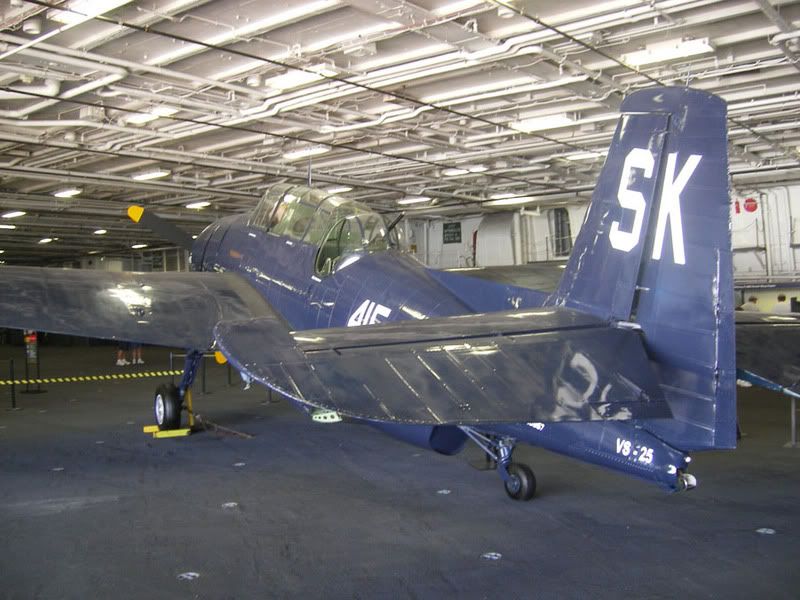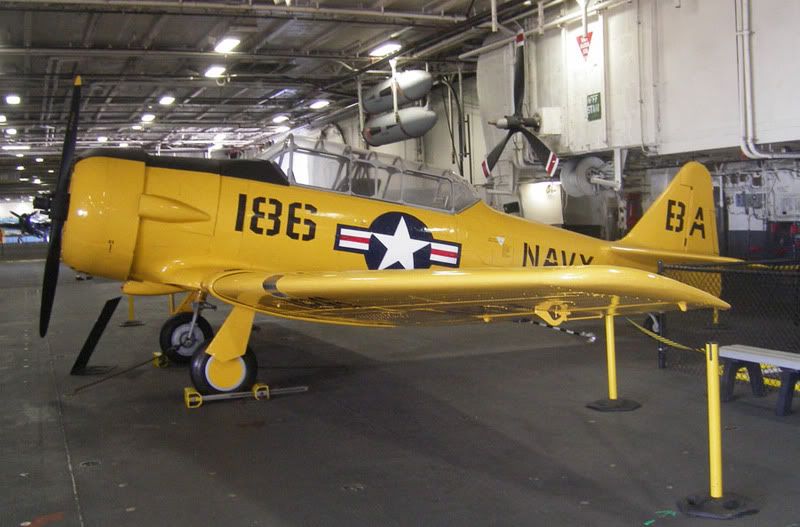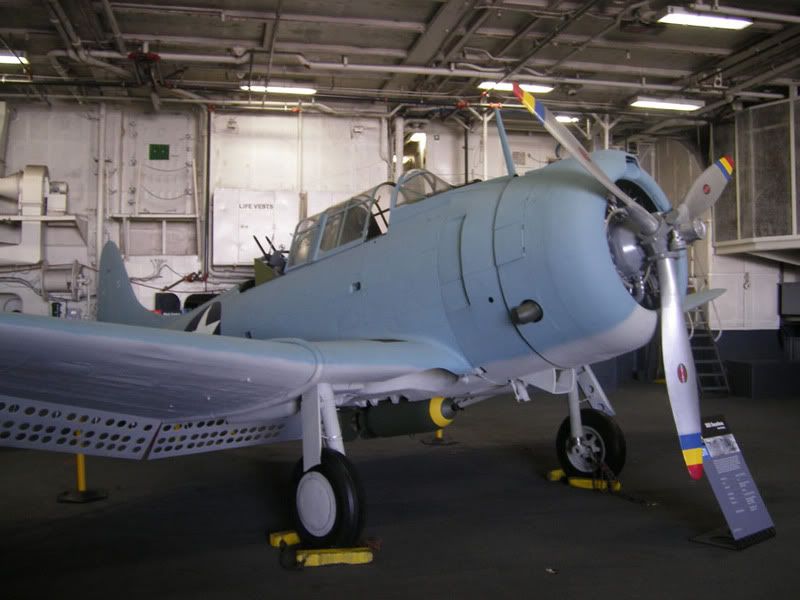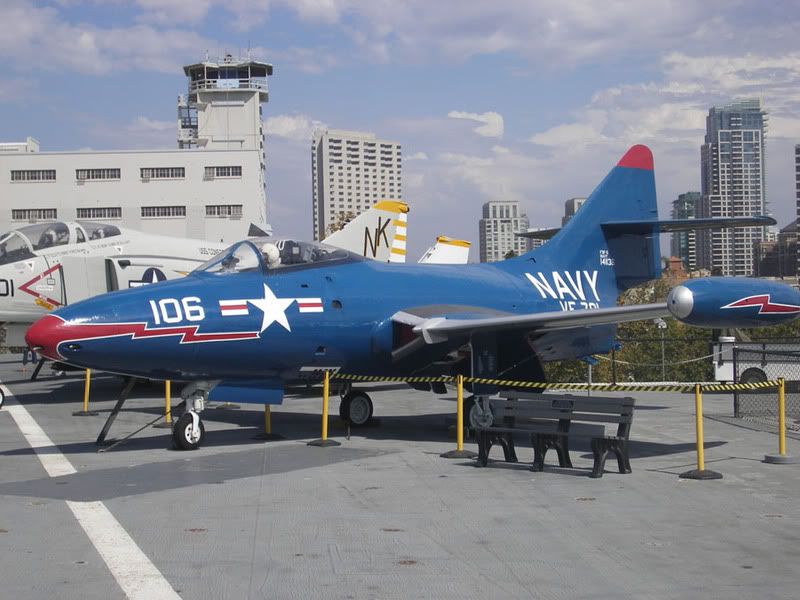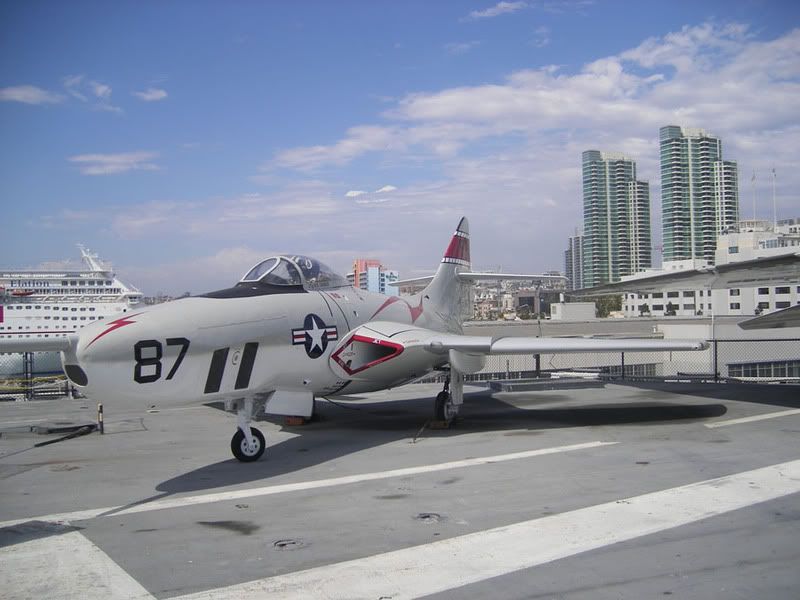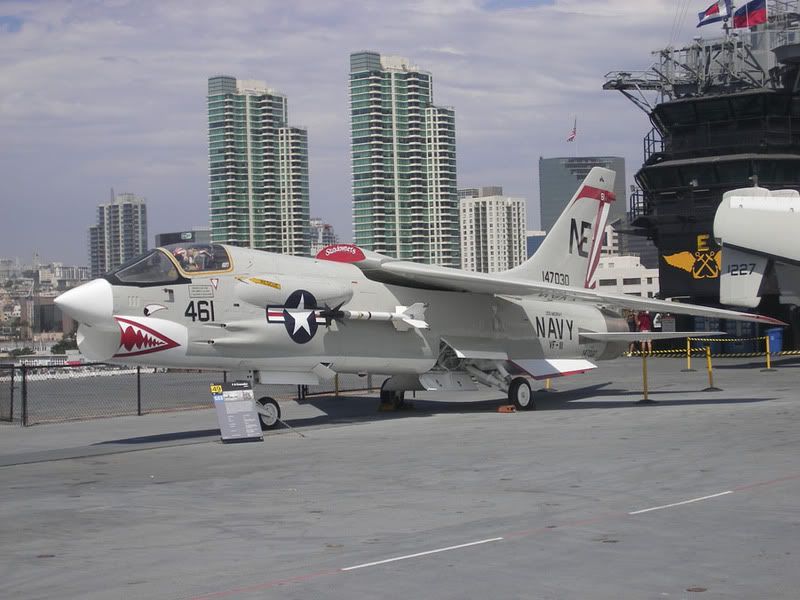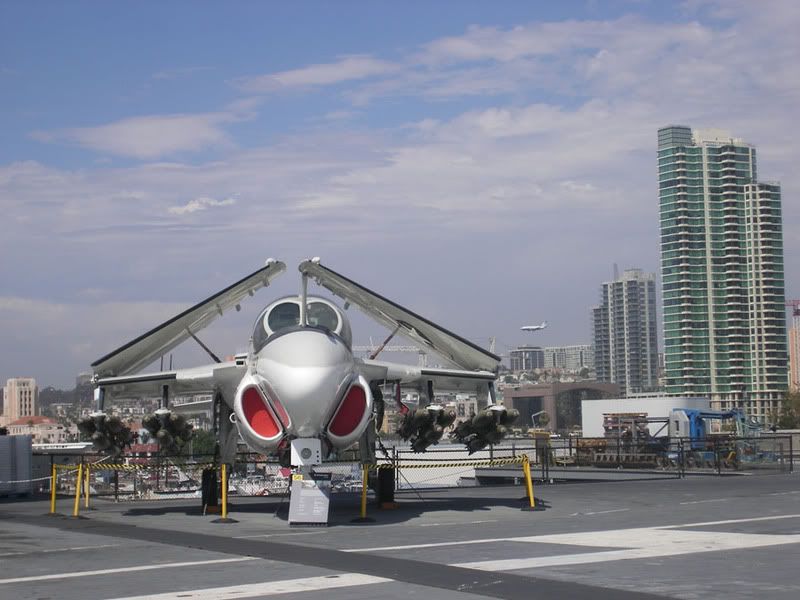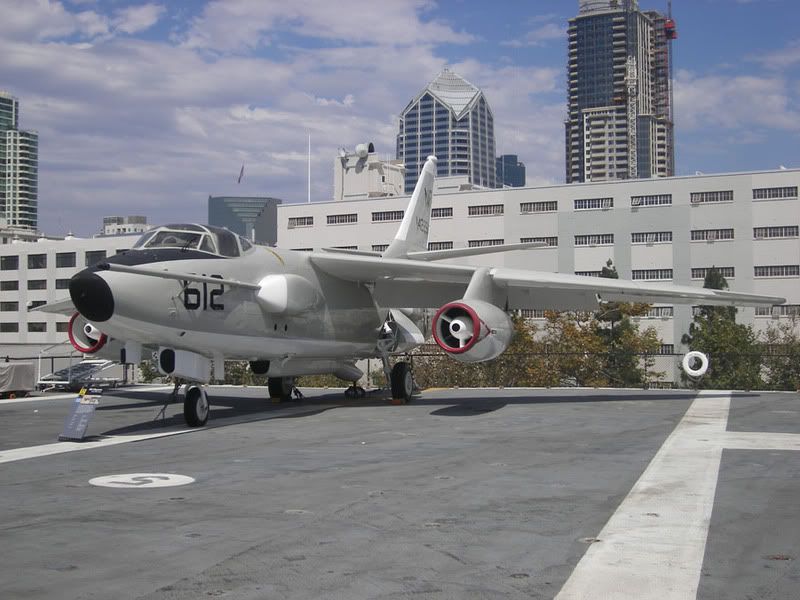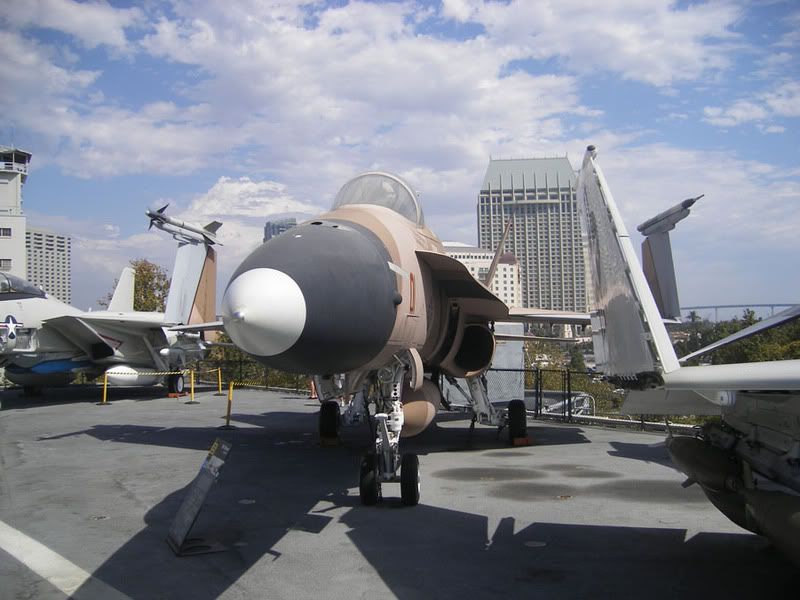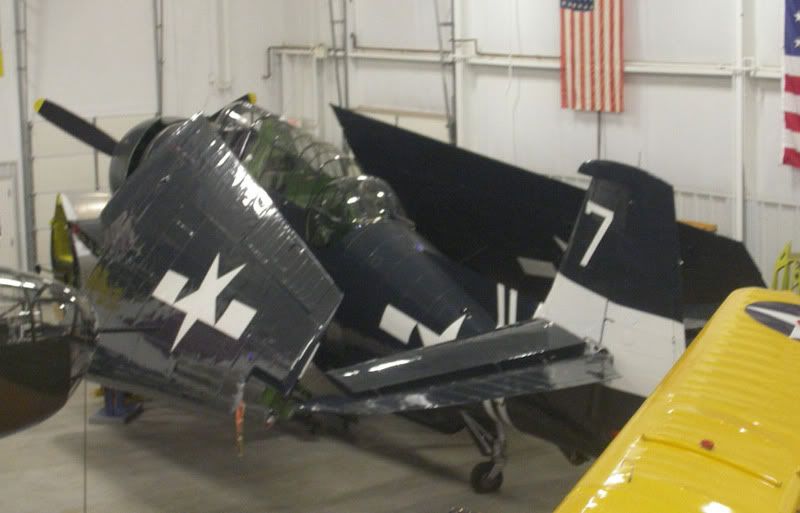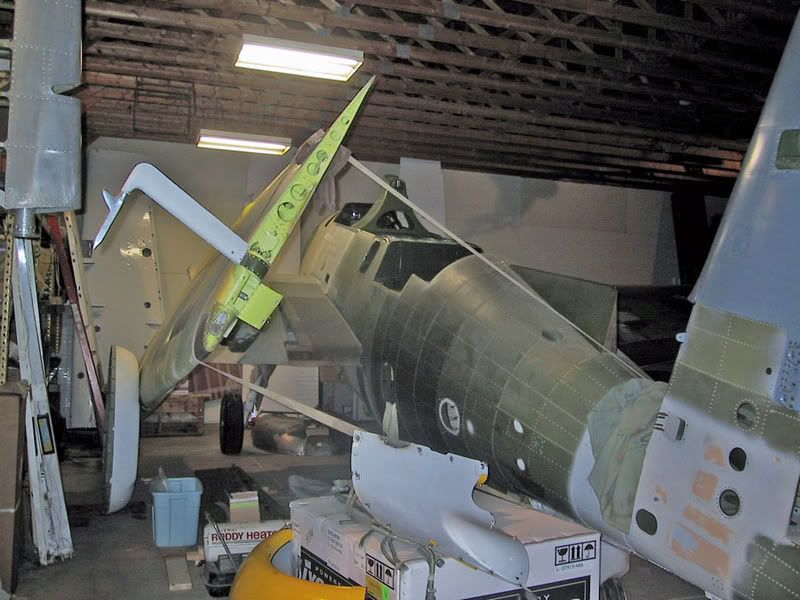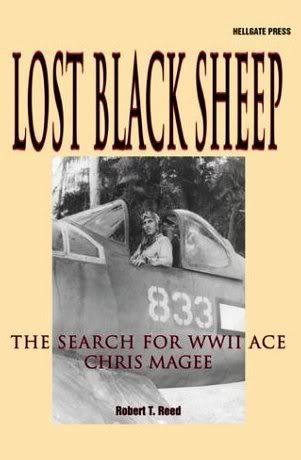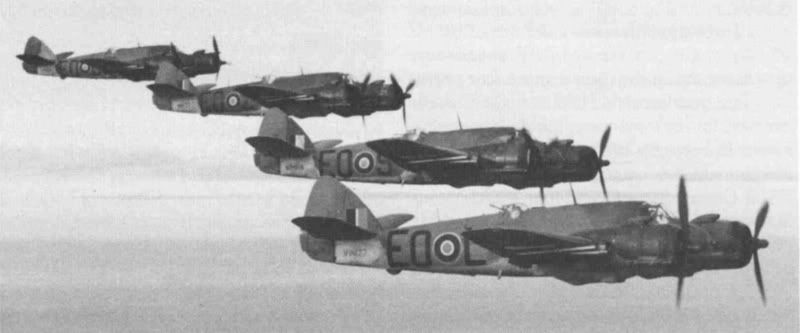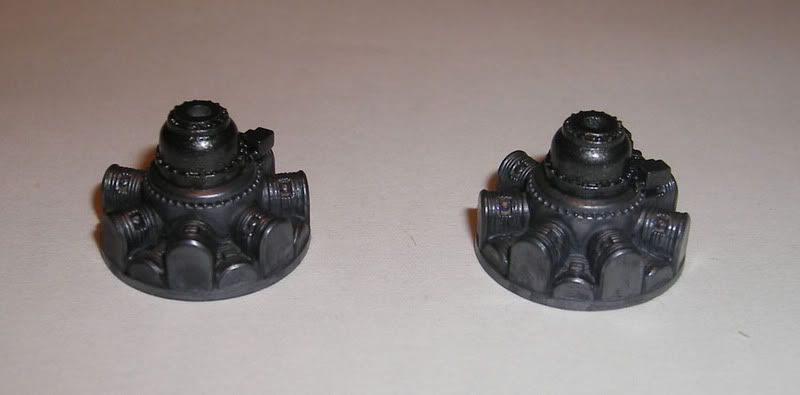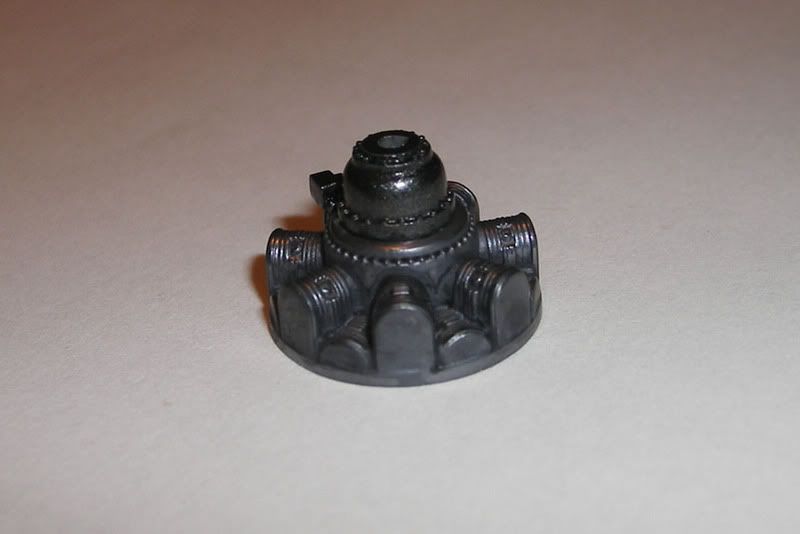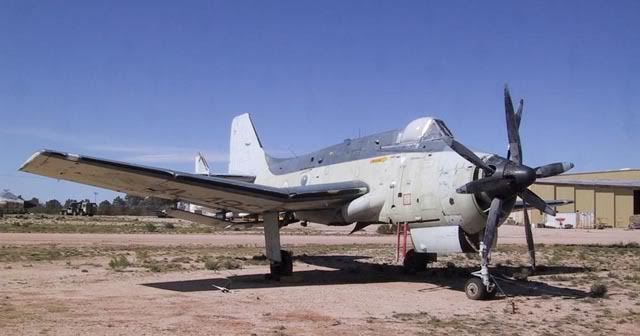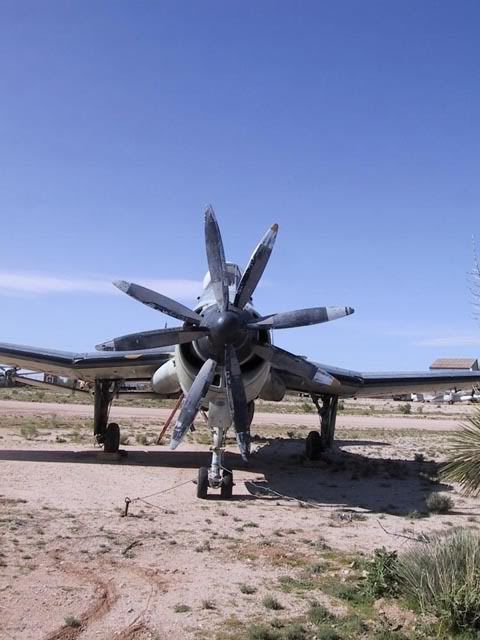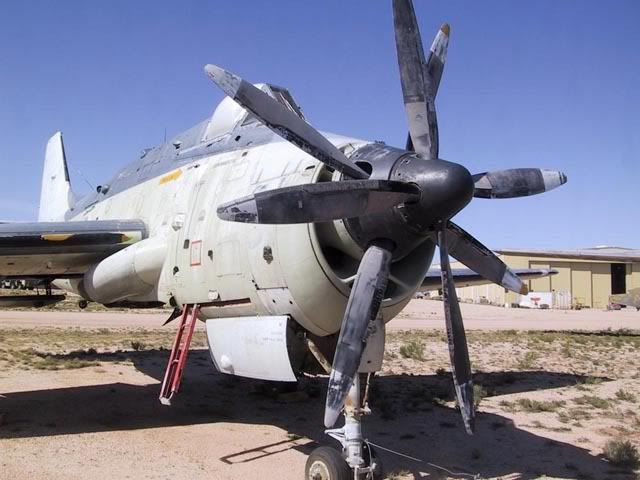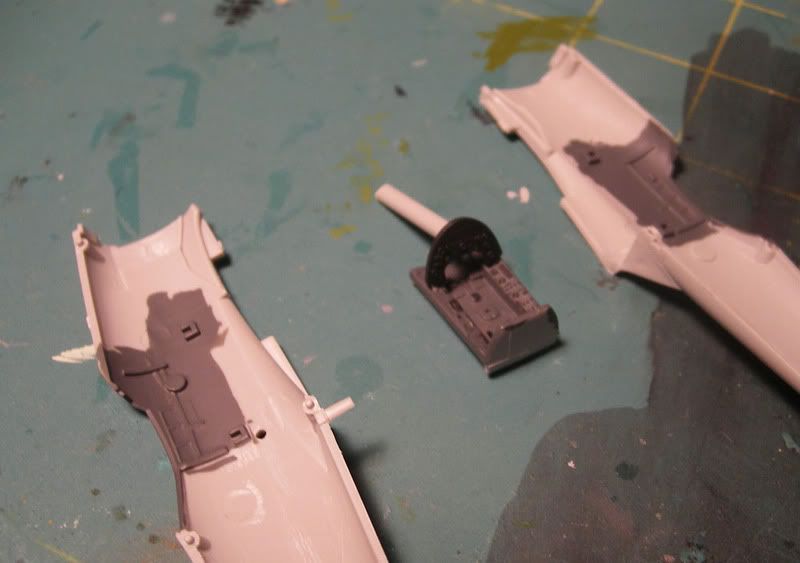I tend to be a little obsessive when it comes to Spitfires, and it is one of those aircraft in which I am quite shape conscious and very nit picky. I do not subscribe to the "it looks like a Spitfire" school of though. Here are my observations on the 1/72 Spitfire Mk. V kits:
Airfix Spitfire Vb - Nice shape, but raised panel lines and minimal detail. There are odd raised panels on the wing roots and the aileron scribing on the top of the wing is wrong. The kit only includes the later "large" Rotol prop and spinner.
Smer/Heller Spitfire Vb - An older kit with no gull wing, raised panel lines, and lots of spurious cockpit detail. Nice options of props, both Rotol and DeHavilland, wingtips, both standard and clipped, and filters, both standard and Vokes. Something about the shape of this one isn't right, especially with the rudder and the wing chord. As usual with Heller the fabric surfaces have quite a bit of weave. The oil cooler is a of Mk. I style. (This kit has been issued by Smer as both a Spitfire Vc, and a Spitfire VI. Some of these reissues have resin parts and some have new tooled plastic parts.)
Revell AG Spitfire Vb - Very nice recessed scribing, no gull wing, and the fuselage shape is off (the fuselage is a little short and the spine and fin have shape issues.) Nice detail, but some of the cockpit detail is spurious. Many early version of the kit are missing the scribed front end on the crew door. Clipped or normal wing tip options, but only the Rotol prop. The oil cooler is of Mk. I style and the radiator has shape issues as well.
Italeri Spitfire Vb - Maybe the best Spitfire Vb? Scribed lines. Both styles of prop and spinner, many canopy options, and Aboukir and Vokes filters, and the standard carburetor intake. The kit is missing the wing root fairings and some radio access doors. The fit can be "interesting." The cockpit detail is week, but much much better then the Airfix kit.
Tamiya Spitfire Vb - Nice recessed scribing and great detail. Poor canopies. Only the later large Rotol prop and spinner are included, though the Mk. I kit has a nice DeHavilland prop and spinner. Choice of clipped, standard, or field clipped wing tips, Vokes, Aboukir filters, or the standard carburetor intake. The rear fuselage shape is off, and the cowl bumps are too pronounced. The wing is too long in chord and fails to capture the Spitfire's beautiful elliptic wing. Way too expensive. Many love this kit because of the scribed lines and good detail, but I think the poor shape disqualifies it from serious contention.
Airfix Spitfire Vc - The Vb kit with a new deeply scribed wing and two new (identical) canopies. They fixed the odd raised panels at the wing root and scribed aileron lines, but the whole wing is way way too thick. Not to mention, it looks a little odd to see a scribed wing and a raised fuselage. The wing blisters are ok, maybe a little too pronounced. A Vokes filter is included. A missed opportunity by Airfix. Aeroclub do a new replacement wing for this kit which is nice and cheap. Right now the Airfix Spitfire Vc kit with an Aeroclub replacement wing is your best option for a Spitfire Vc.
HobbyBoss Spitfire Vb - The newest contender to the throne. Easy build style. Terrible canopy and no landing gear doors. The prop is awful. The scribed detail is nice for the most part, and shape is pretty good. Spurious cockpit detail molded into the fuselage and a few odd details such as raised bumps under the wings. Probably a good option if you are looking for an easy build, but you need to replace the canopy and prop and add landing gear doors. One issue of the kit has the standard carburetor intake, one has the Vokes filter, and one the Abourki filter.
PM/Frog Spitfire Vb/Vc - The less said about this kit the better, it is almost an insult to the Spitfire.
So we have eight Spitfire Vs in 1/72 and not one is a good combination of detail, shape, price, with recessed lines. For a Vb, if you like new kits, Italeri is probably the best way to go. The Airfix is the overall the best option but it will take some scribing and added detail. No matter what the Tamiya lovers of the world think...the Tamiya kit isn't very good and for the price Tamiya should have got it right...
For a Vc, I would use the Airfix kit with a replacement Aeroclub wing. Again this will take some work and detail, but it will have a excellent shape when done.
There has yet to be a Spitfire Va kit, but you could combine the Airfix Mk. I and the Airfix Vb and get a pretty nice Spitfire Va.
You would think someone would have gotten it right by now... AZ Models have announced a new Spitfire Vc for release in 2008...lets see how they do...


